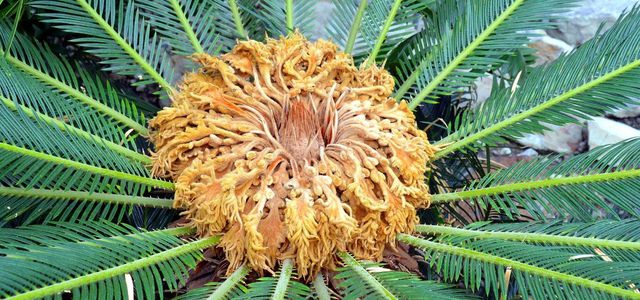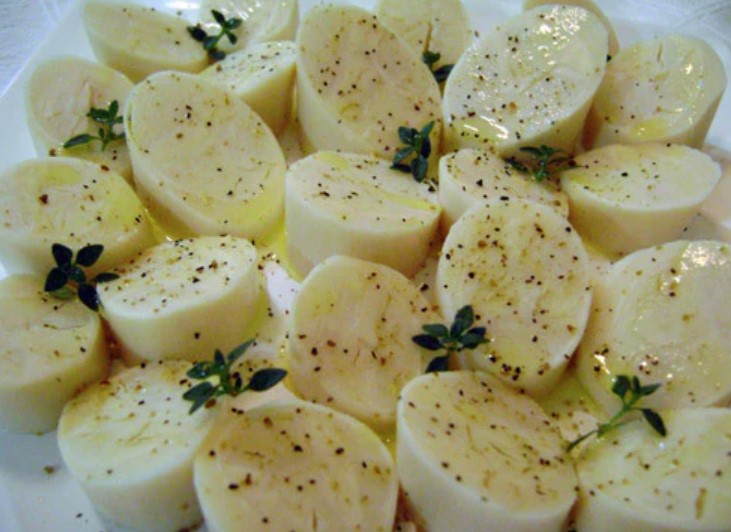Palmito is a tropical and healthy delicacy. In this guide you will find out exactly what is behind the exotic palm hearts and how healthy and sustainable they really are.
Palmito (also known as hearts of palm) is the edible pith found at the top of the palm tree. This so-called vegetation cone forms the base for the palm fronds. The heart of a mature palm can weigh up to two kilograms. The taste of Palmito is reminiscent of a mixture of asparagus and artichokes.
Palm hearts can be harvested from different types of palm trees, e.g. from Assai, Peach or Babassú palms. All palm trees require a tropical climate and grow primarily on the banks of rivers. In 2019, Ecuador was the largest palmito producer. They were followed by Costa Rica, Peru, Bolivia and Guyana.
Palmito: General characteristics of the hearts of palms

Harvesters have to chop down the palm trees to obtain Palmito. They then remove the leaf sheaths that surround the heart. A sustainable harvest is not possible with most palm varieties. The vegetation cone usually does not grow back and the palm trees cannot continue to live. There are only exceptions for special species, such as the peach palm. Here some hearts can be harvested without damaging the palm tree. It is usually not clear to customers which palm species the Palmito comes from.
Palm trees are often not grown separately and controlled for Palmito. Instead, the hearts are obtained, for example, from dead palm trees after a jungle clearing. On the Atlantic coast of Brazil, people often illegally enter forests and harvest palm hearts.
Nutrients and Uses of Palmito
Palmito is a low-calorie and very low-fat vegetable: It contains just 28 kilocalories per 100 grams. 100 grams of palm hearts contain:
2.5g protein
4.6g carbohydrates
2.4g fiber
0.6g fat
Palmito is also rich in iron: just 200 grams of Palmito cover one to two thirds of your daily needs. Other micronutrients are magnesium, manganese, zinc, vitamin C and folic acid.
You can use Palmito raw or cooked in the kitchen. They have an aromatic, nutty taste and are suitable, for example, as an ingredient for salads, soups and wok dishes. You can also simply serve them raw with a light vinaigrette as a starter. Since they are slightly sweet, you can also use them pureed for cakes and desserts.
How sustainable are hearts of palm?

In Europe you can almost exclusively buy canned palmito in well-stocked grocery stores. As a rule, no more detailed information can be found about the growing conditions. It is also extremely difficult to get organic or FairTrade quality palm hearts. Even in online shops there is hardly any choice. Due to the lack of seals and transparency regarding social and ecological aspects in cultivation and trade, you should only use palm hearts in moderation, if at all. Because there is definitely criticism:
The environmental protection organization WWF is trying to introduce palmito in Argentina as an alternative to soy monocultures. To this end, the organization works with various small farmers. In Ecuador, however, the organization World Rainforest Movement criticizes that cultivation has led to a loss of biodiversity and more soil erosion and water pollution.
Another disadvantage is Palmito’s poor eco-balance: since they are imported from Central and South America, Palmito have to travel long distances to Germany. This causes a lot of CO2 emissions.
